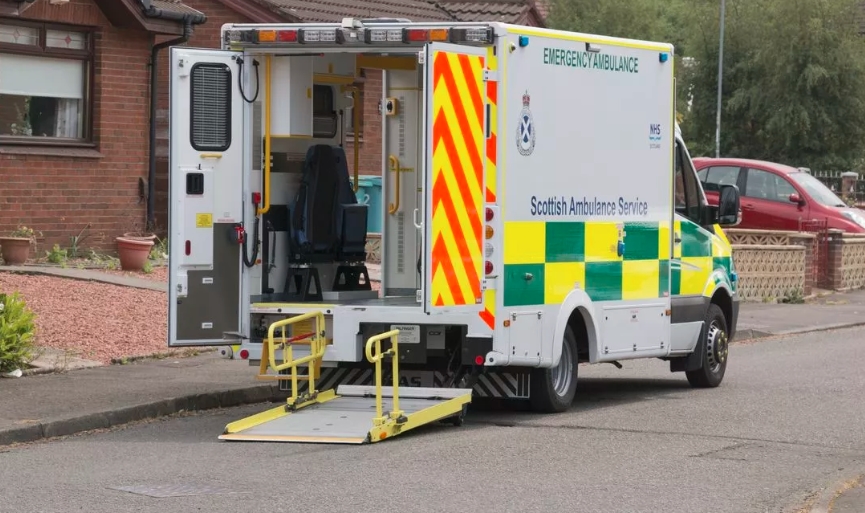The problem of unsafe homes
Thousands of Scottish homes are too risky for ambulance crews to attend alone, according to a new report by the Scottish Ambulance Service (SAS). The report reveals that there are more than 3,000 addresses across Scotland where paramedics need police or fire service backup before entering, due to the potential threat of violence, abuse, or hazardous substances.
The report, which was obtained by The National through a Freedom of Information request, shows that the number of unsafe homes has increased by 12% since 2019, when there were 2,700 such addresses. The report also indicates that some areas have a higher proportion of risky homes than others, with Glasgow, Lanarkshire, and Lothian being the most affected regions.
The report states that the safety of staff and patients is a priority for the SAS, and that they have a system in place to flag up addresses where there is a history or risk of violence or other hazards. The report also says that the SAS works closely with other emergency services and partners to share information and provide support to ambulance crews in challenging situations.
The impact of unsafe homes on ambulance staff and patients
The problem of unsafe homes poses a serious challenge for ambulance staff, who often face verbal and physical abuse, threats, and assaults while trying to save lives. According to the SAS, there were 494 recorded incidents of violence and aggression against ambulance staff in 2020, an increase of 24% from 2019. These incidents can have a negative impact on the mental and physical health of ambulance staff, as well as their morale and retention.

The problem of unsafe homes also affects the quality and timeliness of care for patients, especially those who need urgent medical attention. When ambulance crews have to wait for police or fire service backup, they may lose valuable time that could make a difference between life and death. Moreover, some patients may be reluctant or unable to call for an ambulance if they live in an unsafe home, fearing for their own safety or the safety of the ambulance staff.
The possible solutions to address the problem of unsafe homes
The report by the SAS suggests some possible solutions to address the problem of unsafe homes, such as:
- Increasing the awareness and education of the public about the role and responsibilities of ambulance staff, and the consequences of abusing or assaulting them.
- Enhancing the training and equipment of ambulance staff to deal with violent or hazardous situations, and providing them with adequate support and counselling after such incidents.
- Improving the collaboration and communication between the SAS and other emergency services and partners, to ensure a coordinated and effective response to unsafe homes.
- Reviewing and updating the policies and procedures for identifying and flagging up unsafe homes, and ensuring that they are followed consistently and accurately.
The report also acknowledges that the problem of unsafe homes is not only a matter for the SAS, but also a wider social issue that requires a holistic and long-term approach. The report calls for more investment and intervention in addressing the root causes of violence, abuse, and substance misuse in some communities, and promoting a culture of respect and compassion for ambulance staff and patients.


















